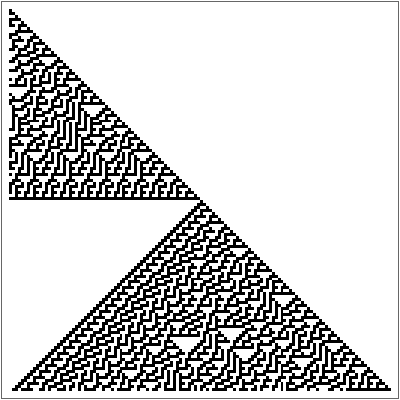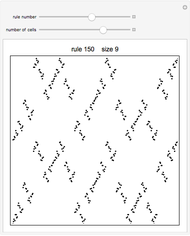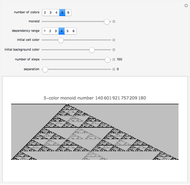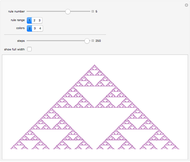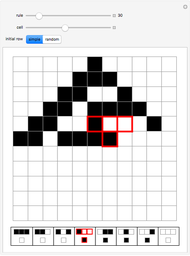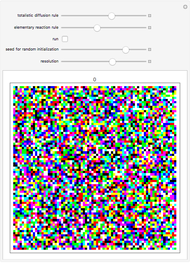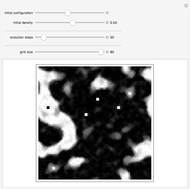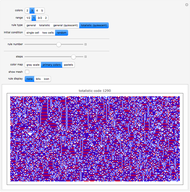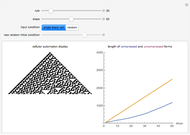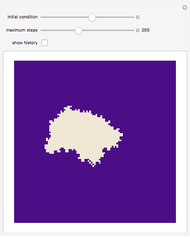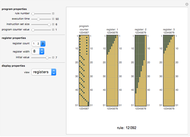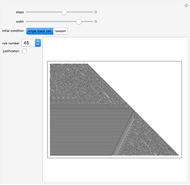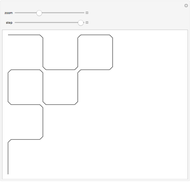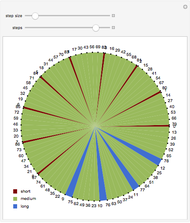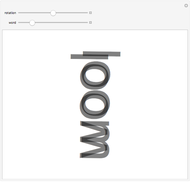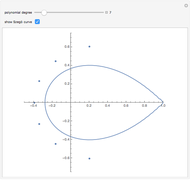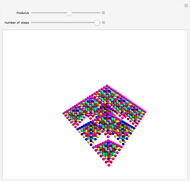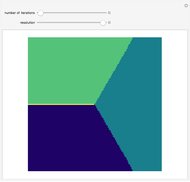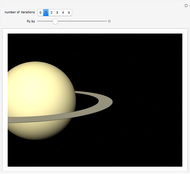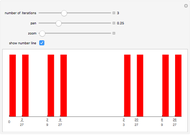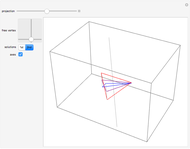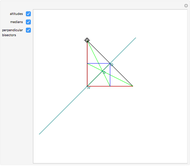Conditionally Reversible Elementary Cellular Automata

Requires a Wolfram Notebook System
Interact on desktop, mobile and cloud with the free Wolfram Player or other Wolfram Language products.
Of the 256 elementary cellular automata, 16 have the property that changing the left bit in the rule icon always changes the output bit. These rules are called left bijective or said to exhibit one-sided additivity, and they can be run uniquely backward in time from initial conditions with certain background colors. This Demonstration explores the 12 of these 16 rules that support unique histories from a white background. See what the history looks like from a single black cell or from a random initial condition.
Contributed by: Eric Rowland (July 2008)
Open content licensed under CC BY-NC-SA
Snapshots
Details
Bijectivity in the left position causes each southeast diagonal to be periodic. By extending each diagonal up the page, you obtain the unique infinite history.
Left bijective rules exhibit a "local" nested structure on the right side. This means that the regions of the automata seen in this Demonstration occur infinitely many times in the evolution.
For more information, see E. S. Rowland, "Local Nested Structure in Rule 30," Complex Systems, 16(3), 2006 pp. 239–258.
Permanent Citation
"Conditionally Reversible Elementary Cellular Automata"
http://demonstrations.wolfram.com/ConditionallyReversibleElementaryCellularAutomata/
Wolfram Demonstrations Project
Published: July 24 2008
